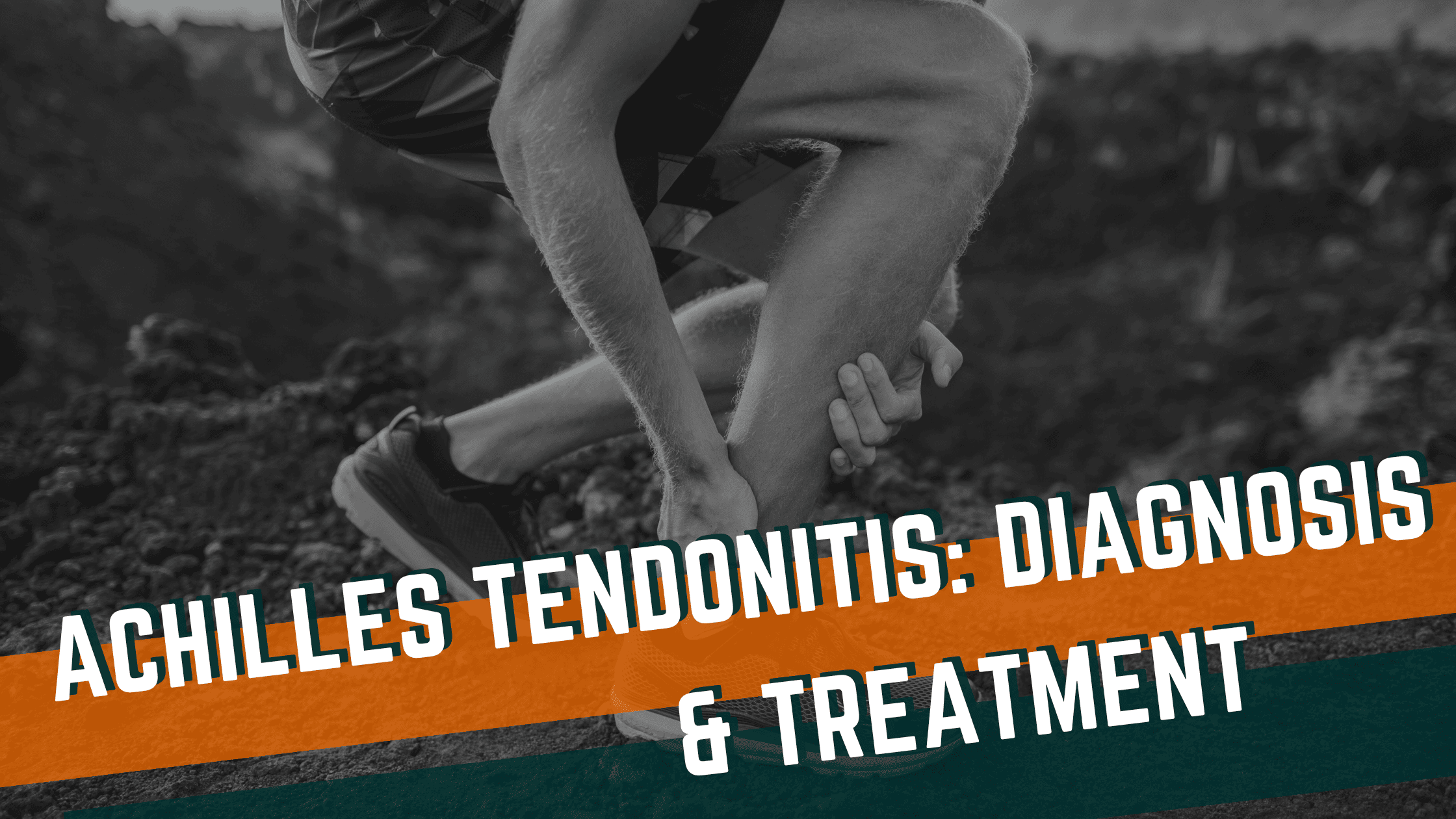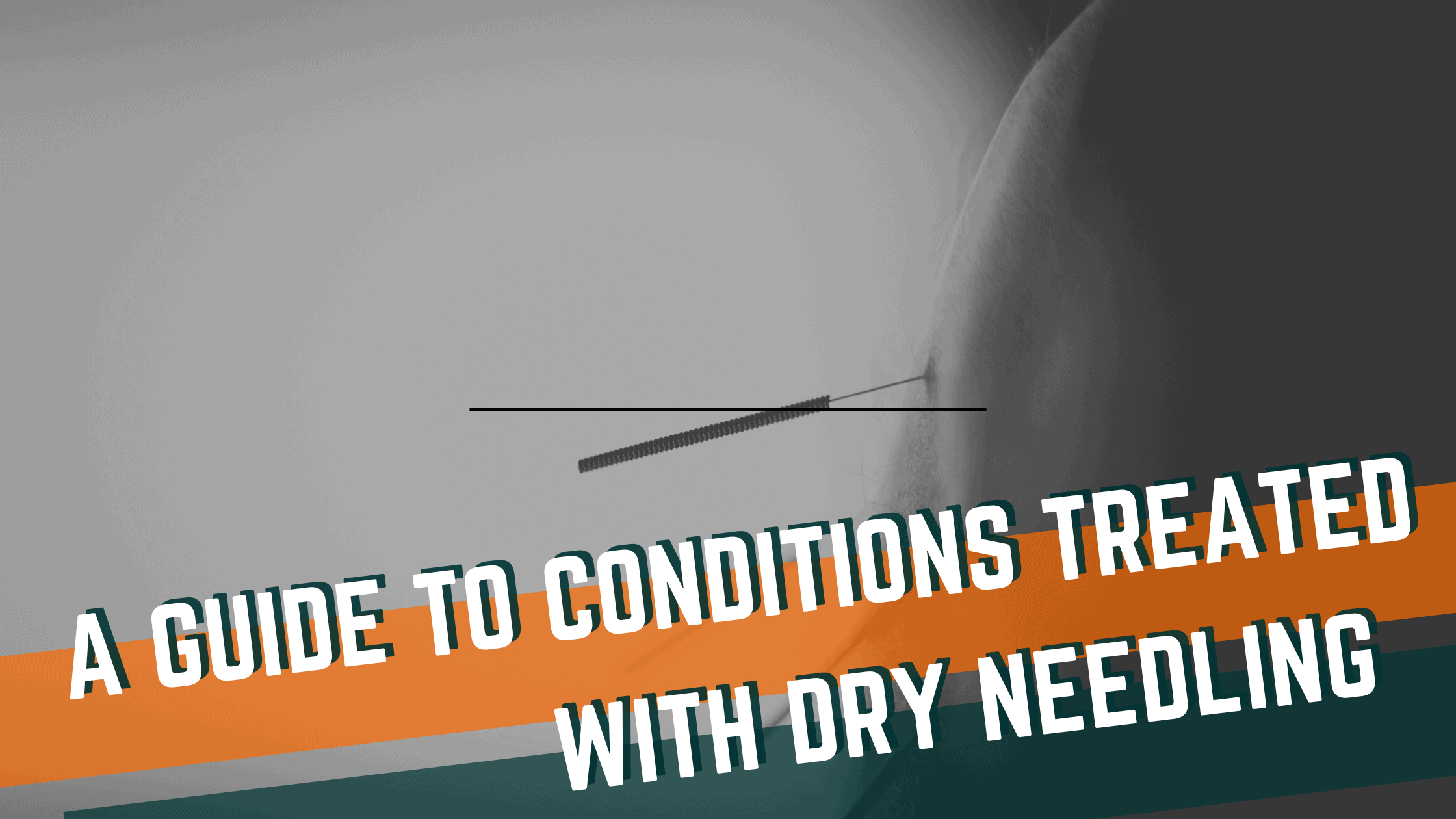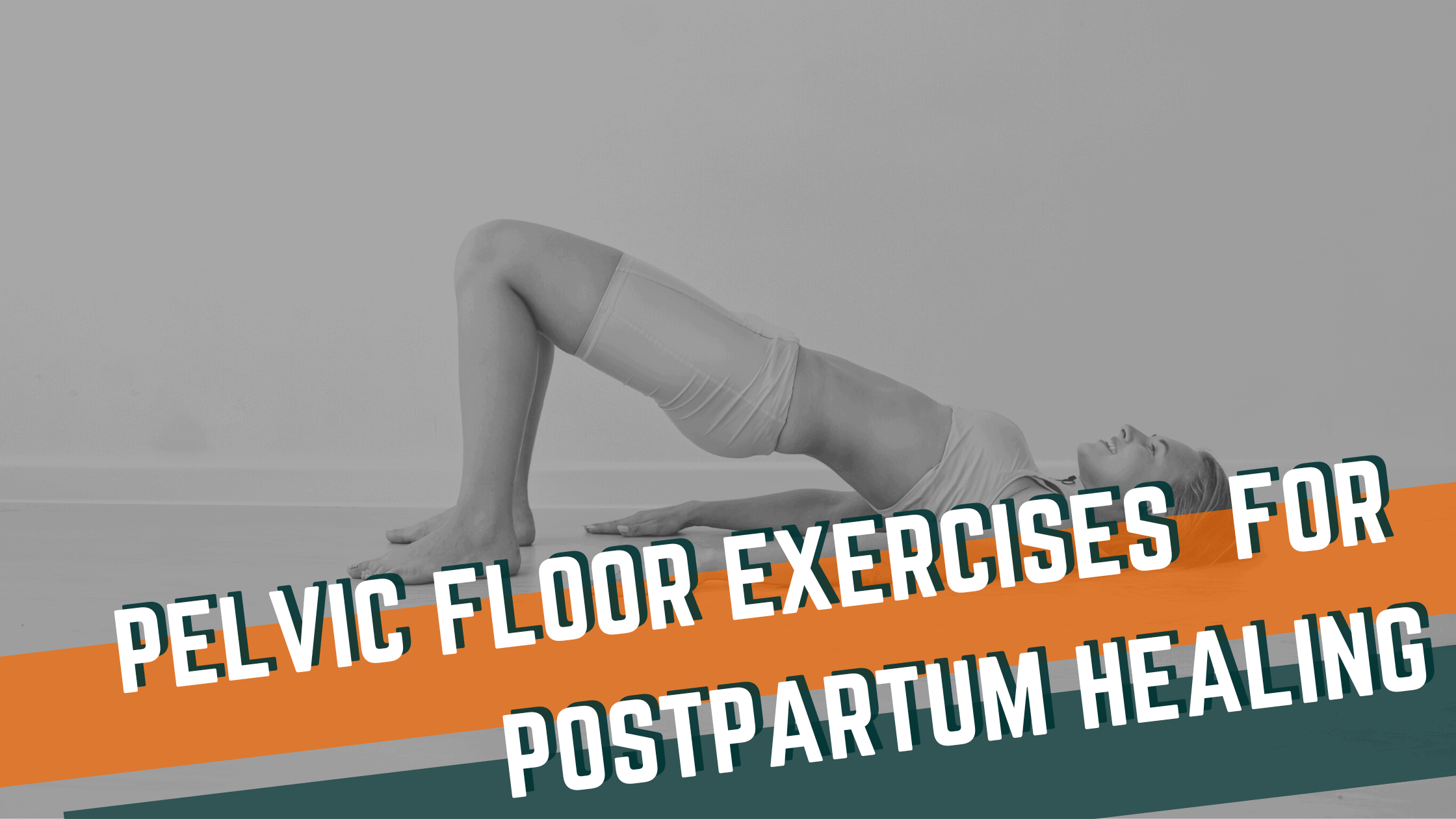
We always consider our runners as a whole, not just their injuries. We look at form, training mileage, terrain, cross-training, etc. One thing we regularly examine when a runner comes into the clinic is the condition of their running shoes. Even if shoes are relatively new, it’s important to make sure they are free of defects and do not limit performance.
As with any manufactured good, occasional defects can occur. As you push your training and mileage, we want to ensure your shoes are able to handle your training load without faltering.
In the video below, our resident Physical Therapist Dr. Zach Long takes you through several tests you can easily perform on your current training shoes or on a new purchase before committing to a shoe that may not be optimal!
It is important to remember that shoe wear is one of the many factors that can lead to injuries. We must also consider strength, flexibility, running technique, and overall training volume. For a more in-depth look into improving your running form or recovering from an injury, book a Run Form Assessment today!
When to Replace Running Shoes?
Video Transcript
Hey everyone, Zach at Onward Charlotte here. And when somebody comes to us with a running-related injury, one thing that we always want to do is check out their footwear and make sure they’re running with a good and nondefective pair of shoes. I’m going to take you through a couple of tests that you can use to look at your own shoes and make sure that they are well put together. So the first thing we’re going to do is just basically look at, is the upper part of the shoe connected really well to the midsole? If you come all the way around the shoe, you can just kind of pull at where those two are connected and make sure the glue has those two really firmly connected.
From there, we’re going to do what’s called the break test. So I’m going to hold the shoe in front of me. And I’m going to put one hand on either end of the shoe. And I’m just simply going to compress my hands together. I’m just putting a little force to bring it together and you’ll notice how in this shoe, it breaks right around here, which is right whereas we run, our big toe would go into extension. So that’s where we want it to break. Sometimes you’ll see more defective shoes that break further down than that.
We can also do the twist test, which the twist test we start in the same position, but we’re going to grab the shoe and just gently twist it side to side. And I’m looking for where does that rotation as I twist, come from? It should come from the forefoot, the front part of the shoe, not the midfoot. We want that midfoot to be strong and stable in our shoe and not twist there.
So those are our first three. The next few we’re going to come down to this bench to do, and I’m going to set my shoe right on the edge of this box. And I’m going to take a goniometer. So a goniometer just measures joint angles and I’m going to put that up against the edge so that I have a 90-degree line coming up from it. And I’m simply going to look at how the upper is lined up in relation to the sole of the shoe.
I want to see that this upper piece is vertically put into the shoe. Every now and then you’re going to find a weird defective shoe where this entire piece is shifted and the middle part of this upper is actually not vertical. It’s coming in at an angle. And again, that’s a thing that we commonly see defective shoots. We’re also from the back here if we look at the midsole on the back of my shoe. If I was to take a measuring device and measure the midsole in the middle of the midsole, a little bit wider towards the outside and towards the inside, I should see that that is level the entire way across.
The next test we’ll do from here is I’m going to do what’s called the rocking test. So I’m going to grab the shoe and I’m going to grab right at the base of the upper. And I’m just going to apply a little medial lateral shift to it. It’s not a huge shift, but a little medial lateral shift, and I should see that my heel stays firmly planted onto the ground. Every now and then you’ll find a defective shoe and on one side it will rock a lot, even with that gentle push, and on the other side it stays firm. We don’t want it to rock a lot with this test because we want to know that our shoe is going to be a stable connection to the ground for us.
The final test we’ll do that I can’t do in these shoes because my insole is actually glued to my shoe, but I like to take the insole out and have runners place their foot on the insole and make sure that the insole completely covers their entire foot, that their foot is not wider than the midsole so that we know that they’re going to have a good firm contact across the entire foot.
So try those seven tests with your shoes. Make sure they’re not defective when you’re buying a new pair.
Recent Articles
Achilles Tendonitis: Diagnosis & Treatment

Hip Pain in Runners

A Guide to Conditions Treated with Dry Needling

Reconnect to the CORE Postpartum: Pelvic Floor Exercises for Postpartum Healing

Preventing Back Pain in CrossFit: Key Considerations for Training Safely

